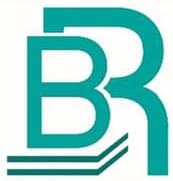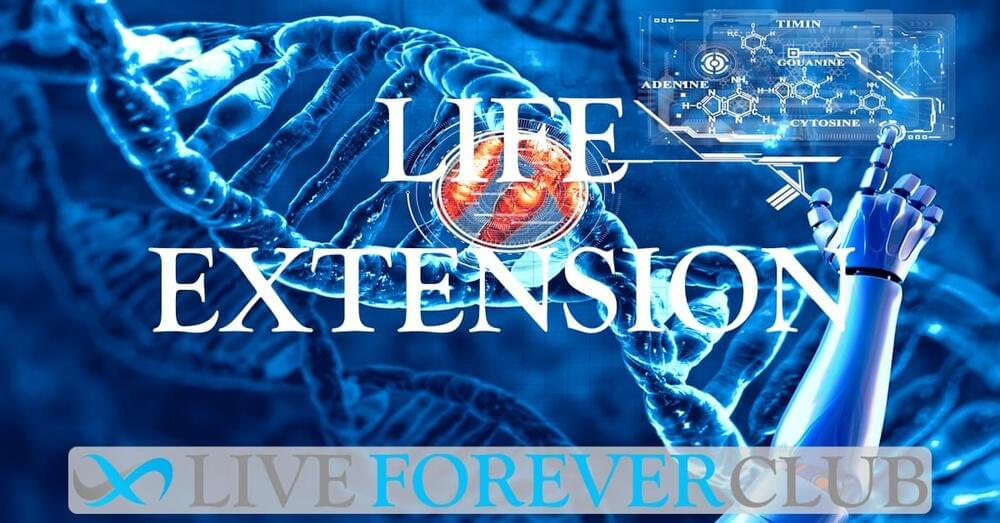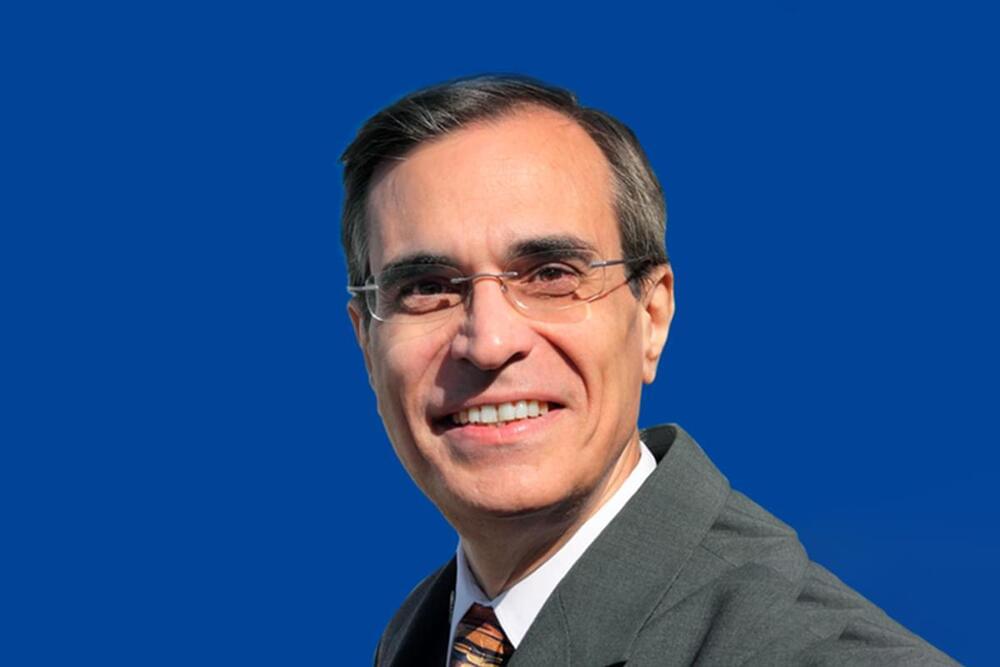The Death of Death is an international bestseller by José Cordeiro and David Wood that claims that “death will be optional by 2045” – or even earlier, if more public and private funds are invested in rejuvenation technologies.
Longevity. Technology: Already available in more than 10 languages, the book provides insight into recent exponential advances in AI, tissue regeneration, stem cell treatment, organ printing, cryopreservation and genetic therapies that, say the authors, offer a realistic chance to solve the problem of the aging of the human body for the first time in human history. In fact, the book’s subtitle is The Scientific Possibility of Physical Immortality and its Moral Defense.
Given that until relatively recently, just mentioning the concept of ‘biological immortality’ was enough to raise eyebrows and with most of the opinion that it should be filed away under ‘science fiction’ or ‘charlatanism’. However, longevity science is advancing at an incredible pace and today there are people who no longer wonder if immortality is possible, but when it will be a reality. We sat down with José Luis Corderio PhD to find out more.


